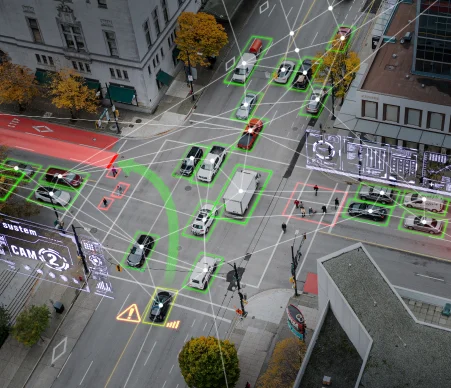Kubernetes Security
Simple Definition for Beginners:
Kubernetes security refers to the practices and measures implemented to protect containerized applications, Kubernetes clusters, and the underlying infrastructure from cyber threats, unauthorized access, and data breaches.
Common Use Example:
A company deploying applications on Kubernetes ensures security by using role-based access controls, network policies, and regularly updating Kubernetes components to patch vulnerabilities.
Technical Definition for Professionals:
Kubernetes security involves a range of strategies, configurations, and best practices designed to mitigate risks and safeguard containerized environments managed by Kubernetes. Key aspects of Kubernetes security include:
- Authentication and Authorization:
Kubernetes uses authentication mechanisms like client certificates, tokens, or integration with identity providers (e.g., LDAP, OAuth) to verify user and system identities.
Role-based access control (RBAC) defines granular permissions and access levels for users, service accounts, and components within the Kubernetes cluster.
- Network Security:
Network policies and segmentation control traffic flow between pods, namespaces, and external services, limiting exposure and preventing unauthorized communication.
Container network security solutions (e.g., Calico, Cilium) provide network visibility, encryption, and policy enforcement for inter-pod and cluster communications.
- Container Security:
Secure container images and registries by scanning for vulnerabilities, applying image signing and verification, and using trusted sources for image deployment.
Runtime security measures, such as container isolation, resource limits, and runtime monitoring, detect and mitigate threats like malicious code execution and privilege escalation.
- Data Encryption:
Encrypt sensitive data at rest and in transit using Kubernetes secrets, encryption keys, and Transport Layer Security (TLS) certificates.
Implement encryption policies for storage volumes, databases, and communication channels to protect data confidentiality.
- Security Auditing and Monitoring:
Enable auditing features to track and log cluster activities, API calls, configuration changes, and user actions for compliance and forensic analysis.
Implement security monitoring tools and dashboards to detect anomalies, intrusion attempts, and policy violations in real time.
- Updates and Patch Management:
Regularly update Kubernetes components, nodes, and dependencies to apply security patches, bug fixes, and performance improvements.
Use automated deployment pipelines and version control to manage configurations and ensure consistency across environments.
Kubernetes security requires a layered approach, combining infrastructure hardening, access controls, network policies, encryption, monitoring, and proactive threat detection to protect cloud-native applications and data assets.
Kubernetes Security

